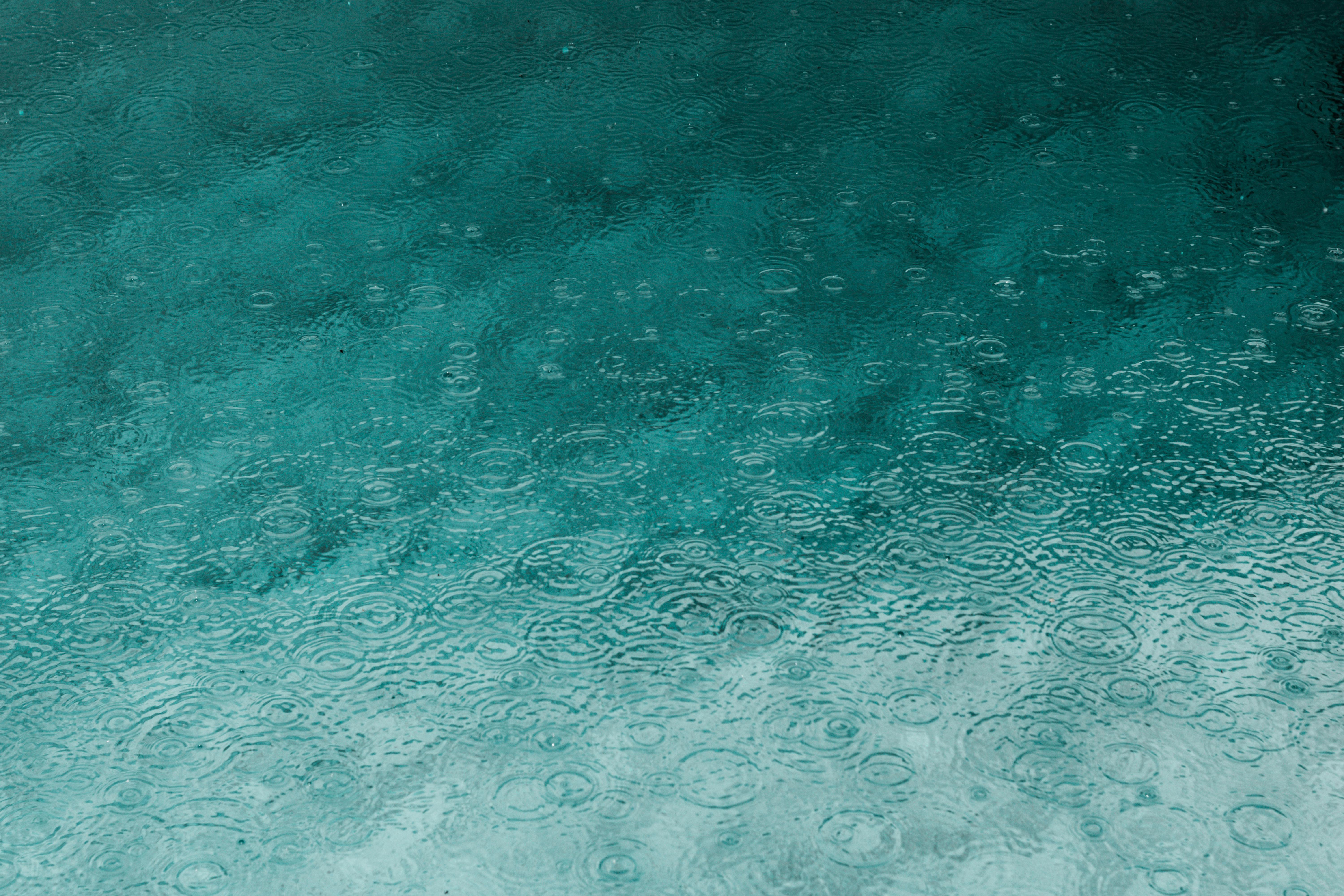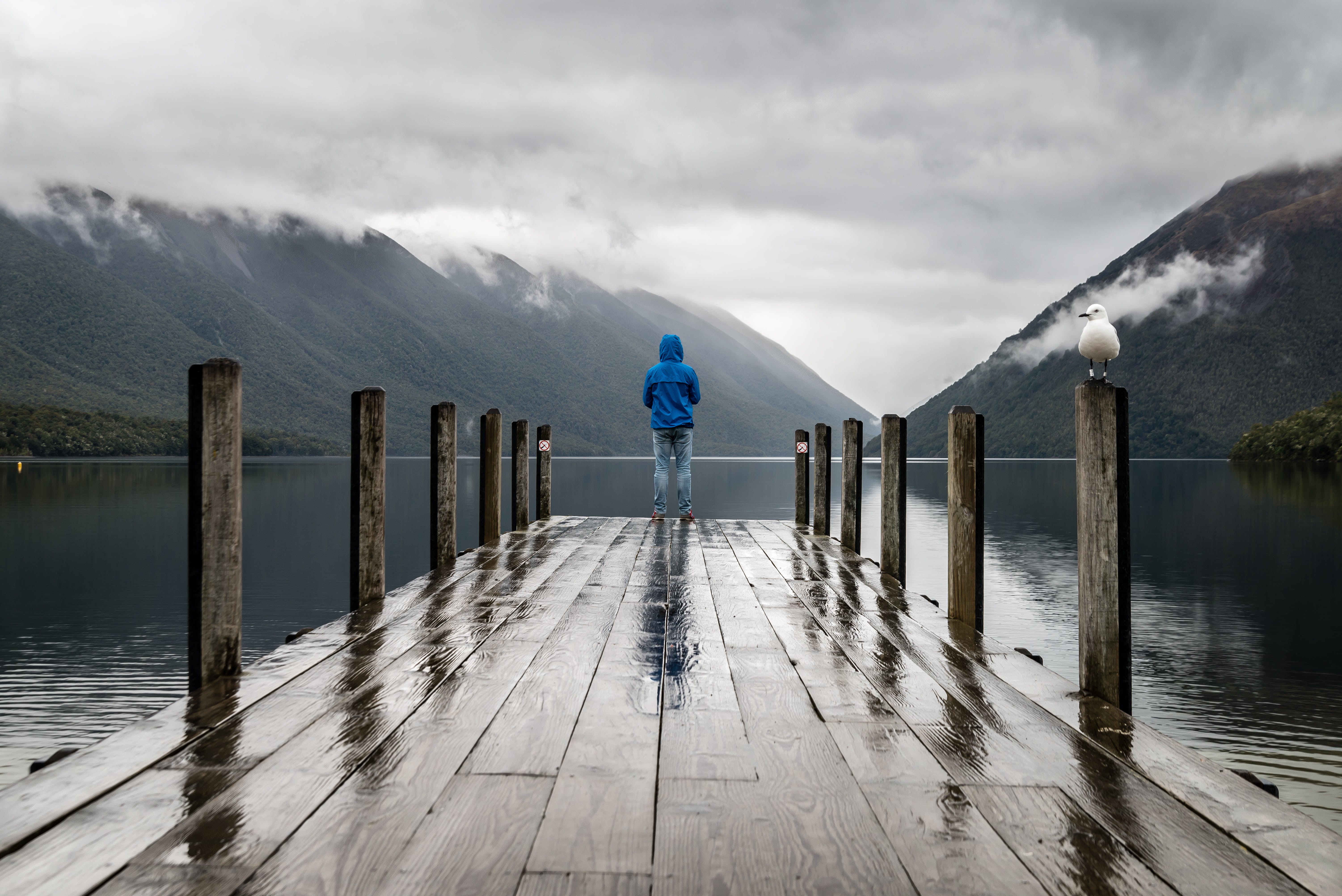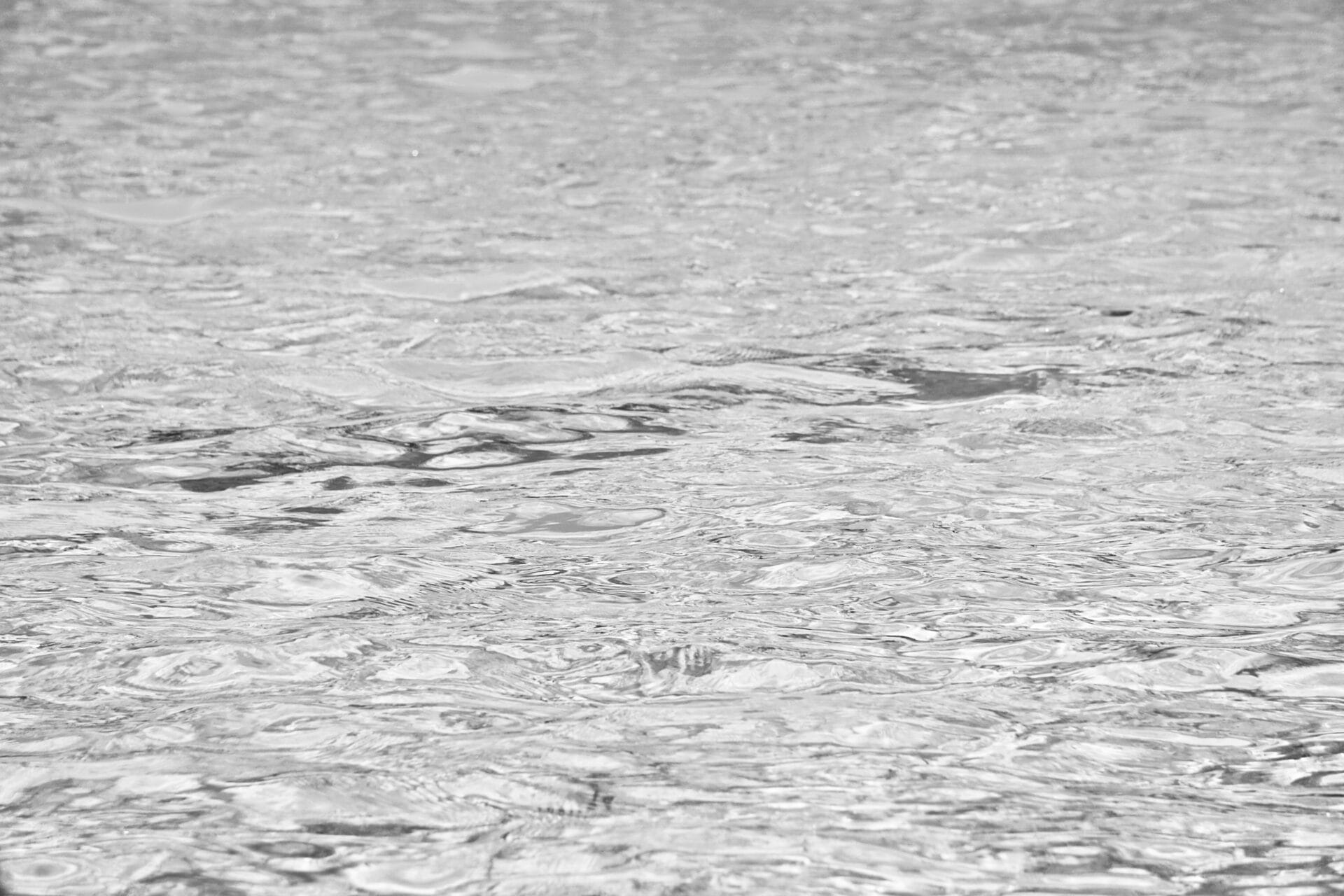Rain water is a natural form of distilled water, as it has been naturally purified by the sun and atmosphere. As rainwater falls from the sky, it absorbs carbon dioxide from the air and other impurities, as well as minerals such as calcium and magnesium, which give it its unique taste. When allowed to stand for some time, rainwater becomes even purer due to sedimentation and evaporation. This makes it a great choice for drinking water and other uses such as in aquariums or humidifiers.Rain water is the water that is collected from the atmosphere when rain falls. It is a source of fresh water for many people and animals around the world. Rain water is often used for crop irrigation, drinking, and other domestic uses.
Is Rain Water Distilled?
Rain water is a form of water that is collected from the atmosphere. It is collected by the process of precipitation, when atmospheric water vapor condenses into droplets that fall to the earth’s surface. Rain water can be used for many purposes, including drinking and crop irrigation. But is rain water distilled?
The answer to this question depends on the definition of “distilled” water. Generally speaking, distilled water is water that has been purified through a process known as distillation. This involves boiling the water and then collecting the vapor that rises from it, allowing any impurities or contaminants to be left behind. Distilled water is free of most minerals and other solids, as well as bacteria and other microorganisms.
When it comes to rainwater, it can be considered distilled in a sense, since it has been naturally purified by passing through the atmosphere. During its journey through the atmosphere, rainwater will come into contact with dust particles and other airborne particles, which can act as filters to remove some impurities from the air. However, this process is not considered “distillation” in a traditional sense since there is no boiling involved.
In most cases, rainwater is not considered to be completely pure or safe for drinking without further treatment or filtration. This means that while it may be a good source of fresh drinking water in some situations, it should not be relied upon as a primary source for safe drinking water without further treatment or filtration.
In conclusion, while rainwater can be thought of as distilled in a sense due to its natural purification during its journey through the atmosphere, it does not meet the traditional definition of “distilled” since there is no boiling involved in its purification process. Therefore, rainwater should not be relied upon as a primary source of safe drinking water without further treatment or filtration.
What is Distilled Water?
Distilled water is a type of purified water that has had both impurities and minerals removed. It is produced by distillation, which involves boiling the water and then condensing the steam into a clean container. The end result is a tasteless and odorless liquid that is free of most contaminants and pollutants. Distilled water has many uses both in the home, such as for drinking, cooking, and cleaning, as well as in industrial settings. It can also be used for medicinal purposes such as for eye drops or for making solutions to use with oxygen concentrators.
Distilled water is considered to be one of the purest forms of H2O available. It does not contain any minerals or other substances that can cause it to taste or smell bad. The lack of minerals also makes it better than tap water for certain uses such as car batteries and steam irons. Furthermore, it does not contain any potential contaminants or pollutants since all of these are left behind during the distillation process.
Distilling water at home is not difficult but it does require patience and some knowledge about how to do it properly. A basic distillation setup includes a heat source, a container to hold the raw water, another container to catch the distilled liquid, and some type of cooling system. The heat source boils the raw water while the cooling system prevents it from evaporating too quickly. After several hours, all of the impurities should be gone leaving only pure distilled water behind.
Benefits of Distilled Water
Distilled water has a number of benefits that make it preferable over other types of water. For starters, distilled water is free from impurities and contaminants that can be found in tap water, such as chlorine, lead, and other hazardous materials. This makes it safer to drink than tap water. Additionally, distilled water has a neutral pH level which means it won’t cause damage to pipes or other parts of a home’s plumbing system. Furthermore, because the water is free of contaminants and minerals, it won’t leave behind any residue when used in cleaning tasks or for cooking.
Another benefit of distilled water is its taste. Since it is free from chemicals and minerals, the taste is much cleaner and more refreshing than that of tap or bottled water. Additionally, using distilled water can help protect coffee makers, espresso machines and steamers from calcium buildup which can reduce their efficiency over time. Finally, using distilled water also reduces the need for frequent descaling as there are fewer minerals present in the first place.
In conclusion, distilled water offers a variety of benefits when compared to other types of water such as tap or bottled. It is free from contaminants and minerals which makes it safer to drink and more pleasant tasting. Additionally, using distilled water can help protect appliances from calcium buildup which can reduce their efficiency over time while also reducing the need for frequent descaling.
Is Rain Water Safe to Drink?
Rain water has been used as a source of drinking water for centuries. It is a natural, renewable resource that can provide an abundant source of fresh water. In many parts of the world, rainwater harvesting is an important source of drinking water for rural communities.
However, rainwater can contain various contaminants and pollutants that can be harmful to human health. These may include bacteria, viruses, chemicals, and other hazardous substances. Rainwater can also contain fertilizers and pesticides from agricultural areas, as well as debris from construction sites or other sources.
For this reason, it is important to know the risks associated with drinking rainwater and to take steps to ensure that it is safe before consuming it. The quality of rainwater depends on its source and how it has been collected or stored. To reduce the risk of contamination, it is best to collect rainwater from areas away from potential sources of contamination such as industrial sites or agricultural areas.
Rainwater should also be stored in covered containers or tanks that are designed specifically for storing drinking water and regularly checked for signs of contamination such as algae growth or bad odors. If possible, the water should be filtered before use to remove any particles or contaminants present in the water.
Rainwater can be a great source of fresh drinking water if it is collected properly and treated properly before use. However, it is important to understand the risks associated with using raw rainwater for drinking so that you can ensure that you are taking all necessary precautions to keep yourself and your family safe.

Step 1: Gather Supplies
You will need a large pot,a stove, a heatproof container, some ice cubes, a thermometer, and a distillation apparatus. The distillation apparatus should include an inclined glass tube or coil, a condenser, and an outlet tube. Make sure to have all of these items before you get started.
Step 2: Fill the Pot with Water
Fill your pot with water and place it on the stove. Heat the water until it reaches a temperature of about 180 degrees Fahrenheit. This is the optimal temperature for boiling off the water vapor.
Step 3: Collect the Distillate
Once the water has reached 180 degrees Fahrenheit, set up your distillation apparatus by connecting the inclined glass tube or coil to your heatproof container. As the water boils off from the pot, it will travel through the tube and into your heatproof container as distilled water vapor. Use your thermometer to monitor the temperature in order to ensure that it does not exceed 180 degrees Fahrenheit.
Step 4: Cool Down
Once you have collected enough distilled water vapor in your heatproof container, take it off of the stove and place it on top of some ice cubes. This will help to cool down the vapor and turn it back into liquid form as distilled water. Allow it to cool for several minutes before transferring it into separate containers.
Step 5: Enjoy!
You have now successfully made distilled water! You can use this for drinking purposes or even in laboratory experiments that require pure water. Enjoy!
Distillation
Distillation is a process used to separate or purify components from a liquid mixture. It works by boiling the mixture and then condensing the vapor into a separate container, which separates the components. This process can be used to purify water, separate alcohol from wine, and create essential oils. Distillation is an age-old practice that has been used for centuries to create useful products.
How Does Distillation Work?
The distillation process works by boiling the liquid mixture. This causes the different components in the mixture to evaporate at different temperatures. The vaporized liquids are then condensed into a separate container and collected. The different components of the mixture will form layers in the new container, allowing them to be separated easily.
The temperature of evaporation and condensation is determined by the boiling point of each component in the mixture. For example, when separating alcohol from wine, ethanol boils at a lower temperature than water does, so it will be one of the first substances to evaporate and one of the first substances to condense when cooled down again. The end result is that ethanol can be separated from water in this way.
Distillation can also be used for purifying water. In this case, contaminants with higher boiling points are removed first and then those with lower boiling points are removed next. As each component boils off at its respective temperature, it is collected separately from other components in another vessel and discarded or reused as needed.
Distilling essential oils works similarly to distilling alcohol or water but requires more specialized equipment due to its delicate nature. Essential oils are made up of tiny molecules that must be heated gently so as not to destroy their delicate aroma and flavor molecules before they can be collected as steam vapor in another vessel for later use as essential oil fragrances or food flavors.
Overall, distillation is a process that has been used for centuries to create useful products such as alcohol, essential oils, and even purified water through careful selection of temperatures for evaporation and condensation of each component in a liquid mixture.
Pros of Drinking Distilled Water
Drinking distilled water has several health benefits. It is free from impurities and minerals that can cause harm to the body. It helps in the proper functioning of the digestive system, as it does not contain any chemicals or metals. Moreover, it helps to flush out toxins from the body and improve overall health. Additionally, distilled water is ideal for people who have allergies or sensitivities to certain minerals or chemicals, since there are no traces of them in the water. Furthermore, it is a great choice for those who want to avoid hard water stains on their dishes and clothing.
Cons of Drinking Distilled Water
One of the disadvantages of drinking distilled water is its lack of essential minerals. Although drinking distilled water can improve overall health, it does not contain important minerals like calcium, potassium and magnesium which are needed by the body for various functions. Additionally, drinking large amounts of distilled water can lead to an electrolyte imbalance in the body which may cause various health problems such as fatigue, headaches and dizziness. Furthermore, distilled water does not taste as good as other types of water due to its lack of dissolved minerals so many people find it difficult to drink on a regular basis.

Conclusion
Rain water is not technically distilled, as the process of distillation requires boiling and condensation to occur. Rain is simply collected from the surrounding environment and stored. However, it can be argued that rain could be considered a form of distillation, as it is a natural process that serves to cleanse and purify the air around us. In this sense, rainwater could be viewed as naturally distilled.
Whether or not rain water should be considered distilled, one thing is certain; it is a valuable resource that we should take advantage of. Collecting and storing rain water can help to reduce our reliance on other sources of water and can help us to better manage our water resources in the face of increasing demand.
Ultimately, understanding the differences between distilled water and rainwater can help us to make more informed decisions about our drinking water and where we source it from. Rainwater may not actually be distilled, but it remains an incredibly valuable resource for many households around the world.

